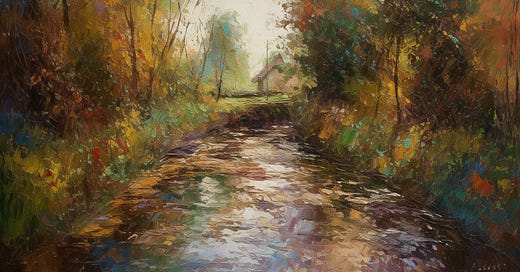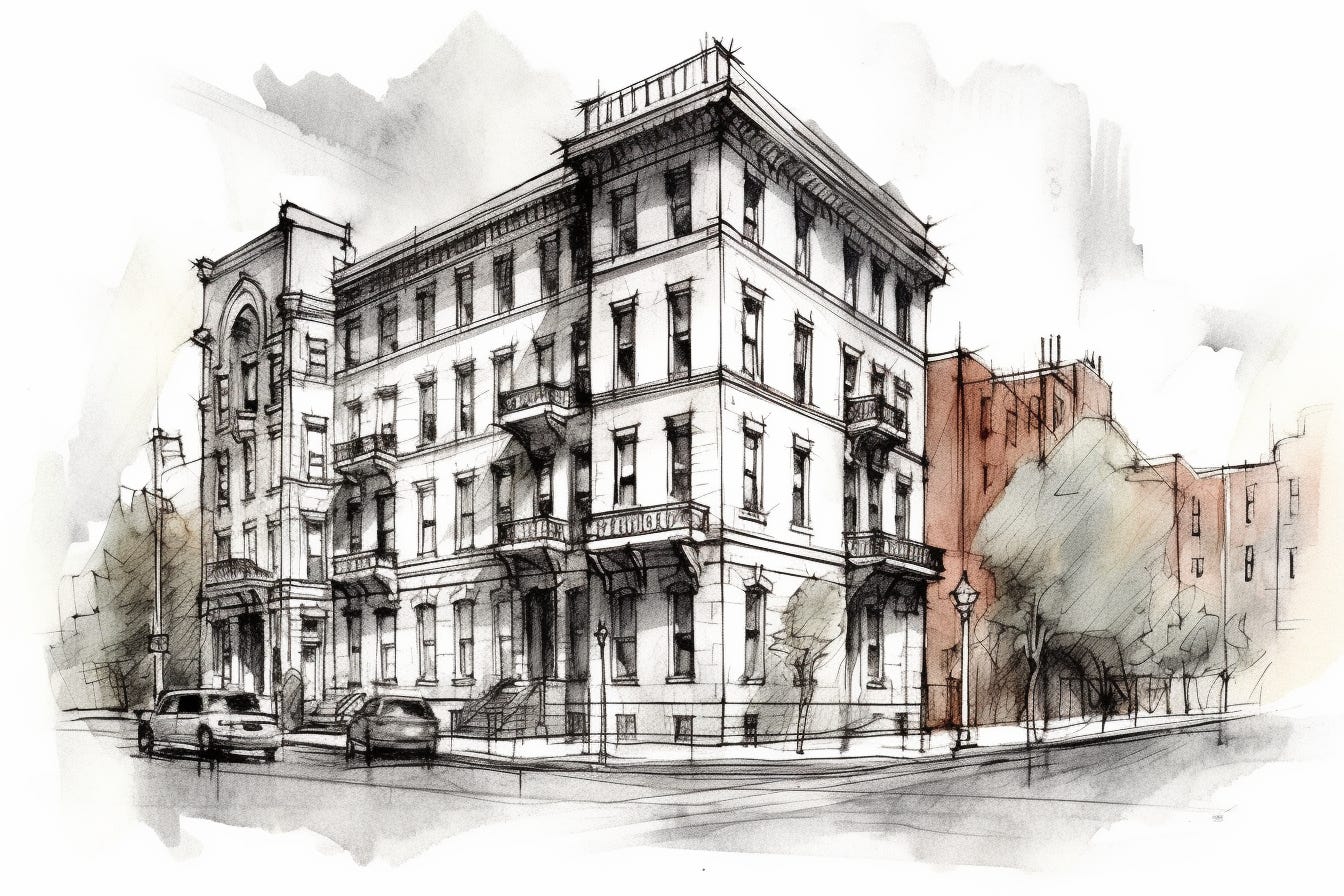In the dynamic world of the digital age, the symbiotic union of artificial intelligence (AI) and creative activities is propelling us into uncharted territories of expression and innovation. Pioneering tools like Midjourney allow us to produce art pieces that pay homage to the revered styles of masters such as Van Gogh, Da Vinci, Monet, and Rembrandt while illustrating scenes and narratives that are unequivocally contemporary. This novel form of creation has sparked debates, challenging conventional definitions of ‘art.’
Artistry in AI-Assisted Creativity
In this digital renaissance, we find ourselves grappling with the question: Is human participation in AI-assisted creations an art? The Creative Cyborg strongly advocates that this unique form of creation does indeed qualify as an art form in its own right. This art form is not solely the final result but the entire process – the initial spark of an idea, the intricacy of crafting perfect prompts, and the deft steering of the AI towards the envisaged result.
Crafting the Perfect Prompt
The ability to articulate abstract concepts and visions into succinct text prompts that an AI can understand and interpret is an art of subtlety and precision. This linguistic skill requires not only a profound understanding of the artistic concept but also a nuanced comprehension of how these tools process inputs and generate outputs. These prompts are the seeds of the final artwork, holding within them the DNA of the envisioned result.
Furthermore, this craft often demands relentless refinement and iteration. The final, successful prompt is usually the result of hours of trial and error, a testament to the artist’s commitment and patience. However, this time and effort invested in crafting the perfect prompt are essential to ensuring that the AI can manifest the artist’s vision effectively.
A Dance of Serendipity and Intention
Creating art with AI tools is a beautiful amalgamation of planning and chance, a delicate dance of serendipity and intention. Artists initiate the process by directing the AI to specific artistic styles or themes. However, the AI often responds by generating outputs that, while faithful to the prompts, bring an element of surprise and novelty.
These unexpected outputs can be a treasure trove of inspiration. Instead of being viewed as mistakes, they can open up fresh perspectives and ideas that the artist might not have otherwise considered. As such, the AI element becomes not just a tool but a co-creator, pushing the boundaries of the artist’s imagination and introducing a level of innovation and spontaneity into the creative process.
The Human Touch in AI Art
Despite the advanced technology involved, the human element remains at the heart of AI art creation. The artist is an active participant, guiding, informing, and even correcting the AI throughout the process. The artist’s role goes beyond merely providing input; they need to make judicious decisions about what works and what doesn’t, transforming the AI outputs from mere digital renderings into true works of art.
Moreover, it is this human touch that breathes life and emotion into the final piece. The technical execution might be done by the AI, but the essence of the piece, the emotion, and the story it tells, comes from the human artist. The artist’s vision and interpretation add depth and nuance to the artwork, elevating it from a product of algorithms to a genuine piece of art.
Defining Art in the AI Era
As we move further into the AI era, our understanding and definition of ‘art’ continues to evolve. Artistry now encompasses the process of ideation, interpretation, and interaction with AI tools, in addition to the traditional act of creation. In this context, artists leveraging AI aren’t just using technology; they are pioneering a new form of artistic expression where human creativity converges with AI capabilities.
The future of art lies in this fusion. It is a brave new world where artists and machines collaborate, each bringing their unique strengths to the table. While the AI may do the heavy lifting and add a certain element of surprise, the artist offers vision, direction, and emotional depth. Together, they create artworks that are not only visually compelling but also rich in meaning and personal expression.
Conclusion
The artistry of using generative AI tools is a fascinating journey into a realm of possibility. It is a testament to how the human imagination, aided by technology, can push the boundaries of what’s conceivable in art. In this exciting symbiosis, both the artist’s vision and the AI’s capabilities are pivotal to the creative process. As we step into the future, we find ourselves at the dawn of a new epoch in the history of art, where human and machine harmoniously co-create, enabling an unprecedented outpouring of creativity.







